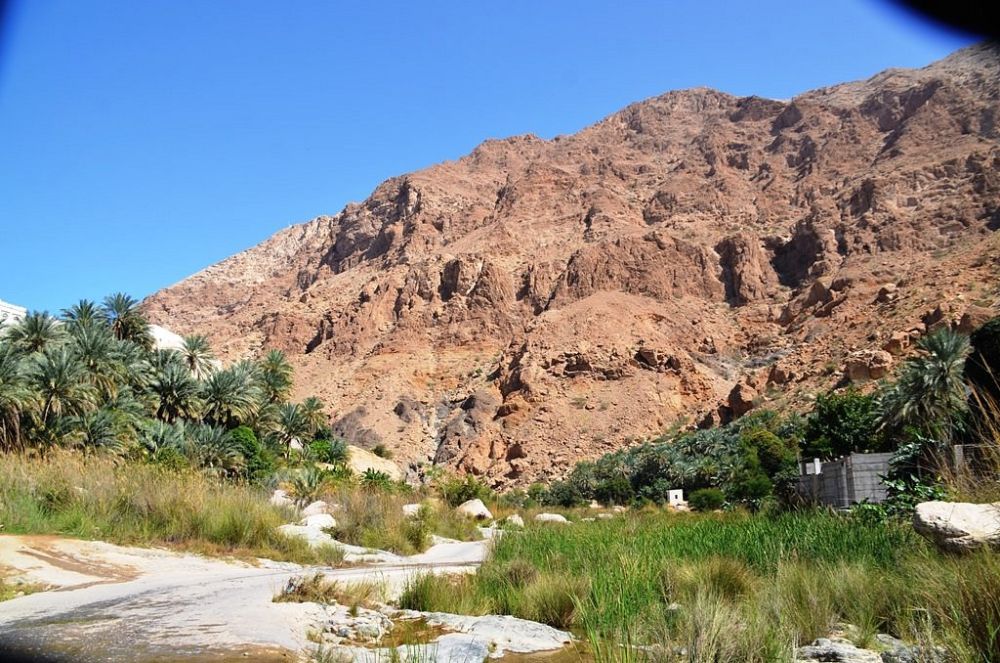

Located in the Eastern Region of Oman, near the city of Sur, the picturesque Wadi Tiwi is also known as the "Wadi of Nine Villages," reflecting its traditional settlements. This verdant wadi is part of Oman's rich geological and historical landscape, interwoven with culture, tradition, and the evolution of tourism in the Sultanate.
The history of Wadi Tiwi is deeply connected to the traditional lifestyles of the local communities that have inhabited the region for centuries. Agriculture and fishing were the primary economic activities, with lush plantations and terraced fields dotting the area.
The blend of cultural heritage and natural beauty in Wadi Tiwi remained relatively undiscovered by international tourists until recent decades, as Oman started to open up to foreign visitors. Historical records of tourism in the area are scant, but it's safe to assume that the Wadi has been a notable spot for local travelers for generations before tourists began to explore Oman's diverse landscapes.
In the late 20th century, the Sultanate of Oman made significant efforts to develop its tourism sector, recognizing the potential of its natural and historical resources. Wadi Tiwi, with its stunning landscapes, unique terraced gardens, and traditional villages, stood out as a prime candidate for tourism development.
Oman's government invested in infrastructure improvements, making Wadi Tiwi more accessible to visitors. Roads were built to accommodate travel to and within the wadi, and facilities were enhanced to support tourism activities like hiking, camping, and enjoying the natural pools and waterfalls.
In recent years, tourism in Wadi Tiwi has benefitted from the global trend towards eco-tourism and adventure travel. Visitors are drawn to the wadi's pristine natural environment, opportunities for outdoor recreations, such as hiking through its dramatic gorges, swimming in the emerald pools, and exploring ancient villages.
Wadi Tiwi is particularly celebrated for its responsible tourism practices, which aim to preserve the wadi's delicate ecosystem and cultural heritage. Local guides offer tours that provide insight into the traditional ways of life, and there is an increasing emphasis on sustaining the environment and supporting local communities.
Additionally, there's been a rise in the popularity of "off-the-beaten-path" travel experiences—a trend that has positioned Wadi Tiwi favorably as a destination for those looking to explore hidden gems and authentic cultural experiences. Oman's Vision 2040 tourism strategy aligns with these inclinations, seeking to further integrate community tourism and environmental sustainability.
Wadi Tiwi's history as a tourism destination reflects Oman's broader journey from seclusion to becoming an emerging hotspot for discerning international travelers. Its status as a compelling destination continues to rise, as visitors from around the globe seek to experience its unique blend of natural wonders and cultural richness.
As the tourism industry evolves, Wadi Tiwi is well-positioned to accommodate the growing demand for immersive travel experiences while maintaining the integrity of its natural and cultural landscapes, ensuring that it remains a treasured destination for generations to come.